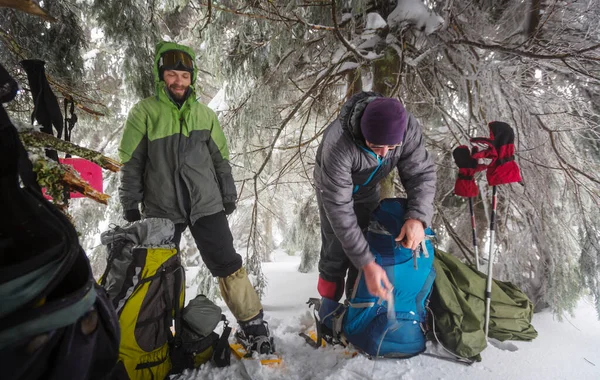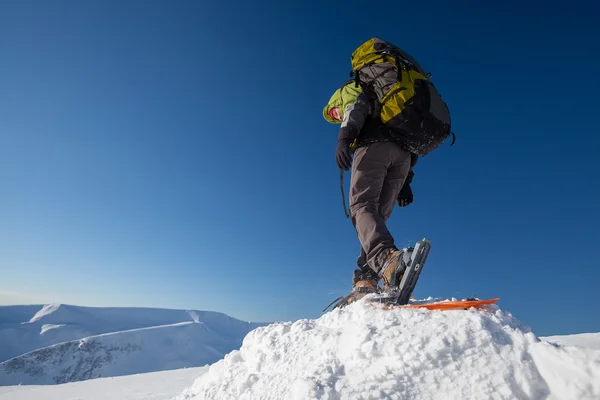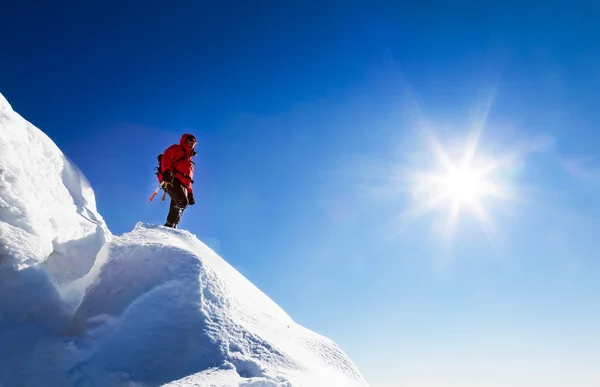Mountaineering is an exciting outdoor activity that requires a lot of different gear. Some of the essential appliances that you must carry include headlamps, clothing, and stoves.
The exact mountaineering gear you need depends on your trip itinerary. If you’re planning to hike on glaciers, for example, you will need crevasse rescue equipment.
1. Crampons
The spikey attachments that fit to the soles of specially-designed boots provide traction in ice and snow. They allow mountaineers to navigate glaciers, ascend snow slopes and scale ice-smeared rock.
Crampons feature a rigid frame and sharp, long spikes that are angled upwards. They are ideal for technical mountaineering, ice climbing and crossing glaciers.
Microspikes are a simpler, lightweight alternative to crampons and are better for non-technical winter hiking and running. Both are prone to breakage, so carry a small repair kit of crampon straps, toe bails and cable-ties to help make field repairs.
2. Harness
A harness is a safety essential that prevents falls, which could cause broken bones, serious injury or death. Harnesses have a waist belt with buckles and leg loops. The legs loops are connected to the waist belt by a central loop, called the belay loop.
A harness is used to belay, rappel and climb roped routes. It is most comfortable for climbing, but it also helps you move around at the crag or gym and walk up to the start of a route. Depending on your style of climbing, you may want a harness with large gear loops for trad climbing or adjustable leg loops to accommodate thicker mountaineering pants.
3. Carabiners
A carabiner is a small metal hook that holds the end of a rope and clips onto other equipment. It consists of a metal loop that opens when you push or pull it and closes automatically once the load is removed.
All carabiners start life as a tube of extruded aluminum alloy called rod stock. This material is naturally lightweight and pliable for easy forming, while maintaining full strength.
Machines then form the stock into a rough oval shape, and forging machines apply great pressure to create the final carabiner template.
4. Compass
A compass is an essential piece of navigation gear for hikers. It helps them stay on track during winter hiking, especially when trails are covered in snow or natural landmarks are obscured.
Modern compasses are designed with improved accuracy and features. They are versatile and easy to use, making them an ideal choice for hikers.
A compass has a rotating needle housing marked in two-degree increments and a transparent base plate that is marked with true north-south meridian lines. The base plate also has orienting lines that help you line up the capsule with map grid lines.
5. Knife
The most useful tool in a mountaineer’s arsenal is a knife. Knives are incredibly useful for a wide variety of outdoor activities from cutting salami and cheese at camp to chopping wood pieces to use as tent pegs.
A good climbing knife (such as the Petzl Spatha) is ultralight, sturdy and versatile enough to rack up on a harness and be used for regular or rescue-specific applications. However, most mountaineers will find that their knives are rarely used for climbing-only purposes.
Keep your knife readily accessible in a fanny pack or zippered backpack pocket. There are few things more frustrating than being entangled in a rope and having no quick access to cut yourself free.
6. First Aid Kit
A first aid kit lets you provide basic care until trained response can arrive. Even a small kit with wilderness-oriented supplies like a Laerdal CPR mask can make a big difference when it’s used to perform mouth-to-mouth resuscitation on an injured backcountry hiker.
This kit strikes a balance between quantity and variety of supplies and comes in a hard-zip case that’s durable enough for a backpack. Our testers also appreciate that it includes a pair of ace wraps, which are useful for providing support and comfort for sprains and strains.
7. Sun Protection
There are many accessories and equipment that mountaineers use to enhance their outdoor adventures. For overnight trips, they need camping items like tents and sleeping bags. They also require backpacks that have ice axe loops and gear loops for carrying various appliances and tools. They also need a reliable solar renewable energy source such as Jackery Explorer 500 Portable Power Station to charge their appliances.
Moreover, they need crevasse rescue equipment to ensure that they can set up a hauling system and safely climb out of a glacier in case one of them falls into it. Sun protection is also vital for mountaineers because UV radiation can be very harmful to the skin and eyes.



